Why it's time for PC makers to embrace 3:2 displays
If PC companies don't start adopting Surface-like display ratios, consumers might start passing on their products.
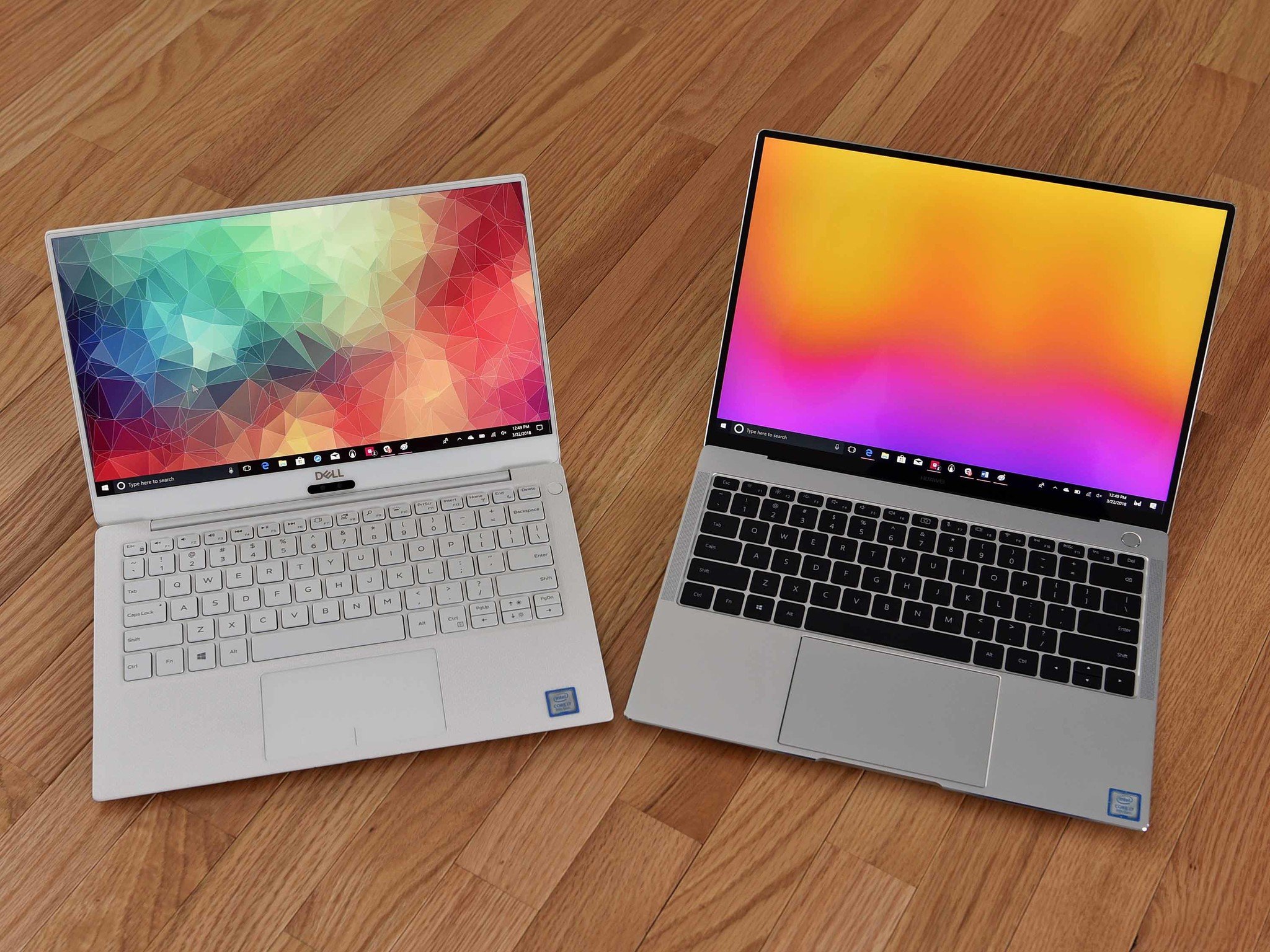
One of the benefits of my job is that I get to handle a lot of laptops and PCs. Besides distilling the pros and cons of each, it affords me a bird's eye view of the entire industry – trends, problems, and what needs fixing. I've been bullish on the increased quality of PCs – especially from Dell and HP – with innovative designs, but there is still one area that bugs me: display aspect ratio.
Microsoft started the 3:2 aspect ratio trend with the Surface Pro 3, but few companies have revamped their PC lineup and followed Microsoft's lead. That's a shame, as I find 3:2 much more useful in 2018 in a web-focused world.
Display aspect ratios widely vary
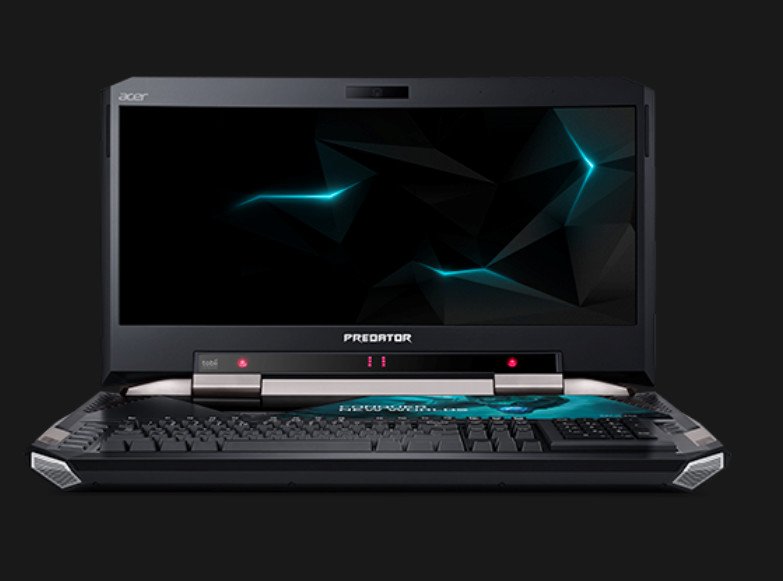
Despite most laptops sporting a cinema-friendly 16:9 ratio, the industry has bounced between 4:3 in older desktop monitors to 16:10 in some laptops like the first Lenovo ThinkPad 700c. There was even a time where ultra-wide laptops were a thing, like the 2012 Toshiba Satellite U845W with a jaw-dropping 21:9 aspect.
While there are benefits for ultra-wide displays for Microsoft Excel fans or cinephiles who watch a lot of movies, as of 2012 16:9 has become the industry standard for consumer and business laptops.
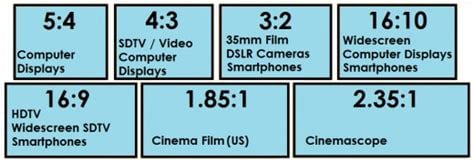
Apple, meanwhile, has gravitated to something more neutral in its MacBook line landing on 16:10 (even though some still ask for 16:9 Macs).
Why Microsoft uses 3:2
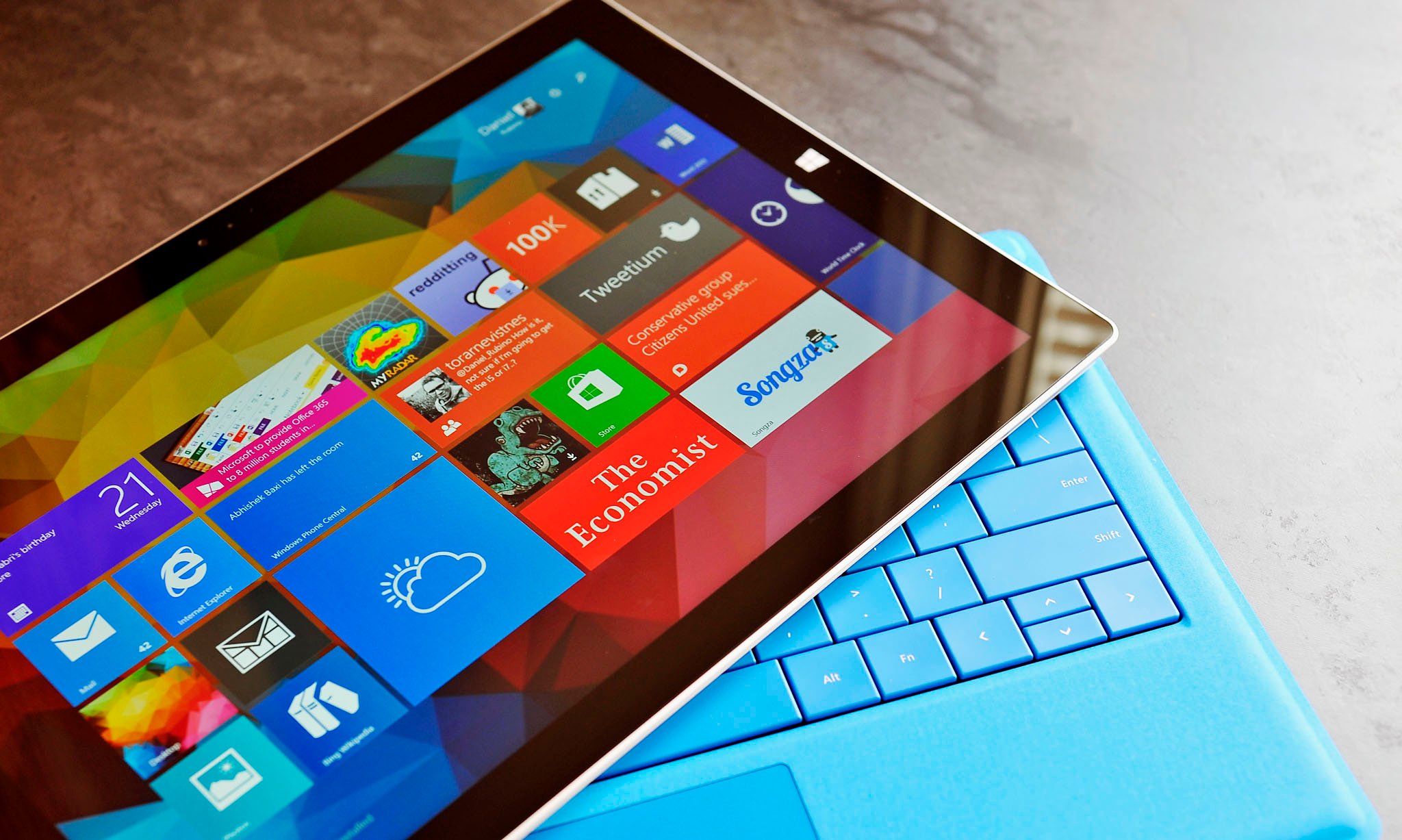
It's worth revisiting why Microsoft went with 3:2 (2160 x 1440) in the Surface Pro 3. From my 2014 review:
Microsoft chose that aspect over the previously used 16:9 because they say it falls right in between 4:3 and 16:9, which are the two most common aspects in books and media. In other words, they're billing it as the best middle of the road solution. Movies aren't entirely cropped, but books, magazines and especially OneNote feel more like real paper. Making the Surface Pro feel like a digital legal pad, particularly with the new N-trig pen, was a primary design goal.
Microsoft's choice here is well thought out. We already know this design from real-world objects like books and magazines. That symmetry in technology is pervasive throughout the Surface line, including the rumored Andromeda device, which we believe will act as a digital notebook.
Get the Windows Central Newsletter
All the latest news, reviews, and guides for Windows and Xbox diehards.

It is interesting that smartphones are getting taller, like the rumored OnePlus 6's 19:9 aspect ratio, but the reasoning is the same. People like to read top-down on web pages and with data, for more visible text. Compare that experience to reading a web page on a squared-Treo 650 with copious amounts of scrolling, and it is not hard to see the benefits. In fact, both smartphones and Surface 3:2 ratios do the same thing: make the display taller to see more content (just with different orientations).
Huawei embraces 3:2
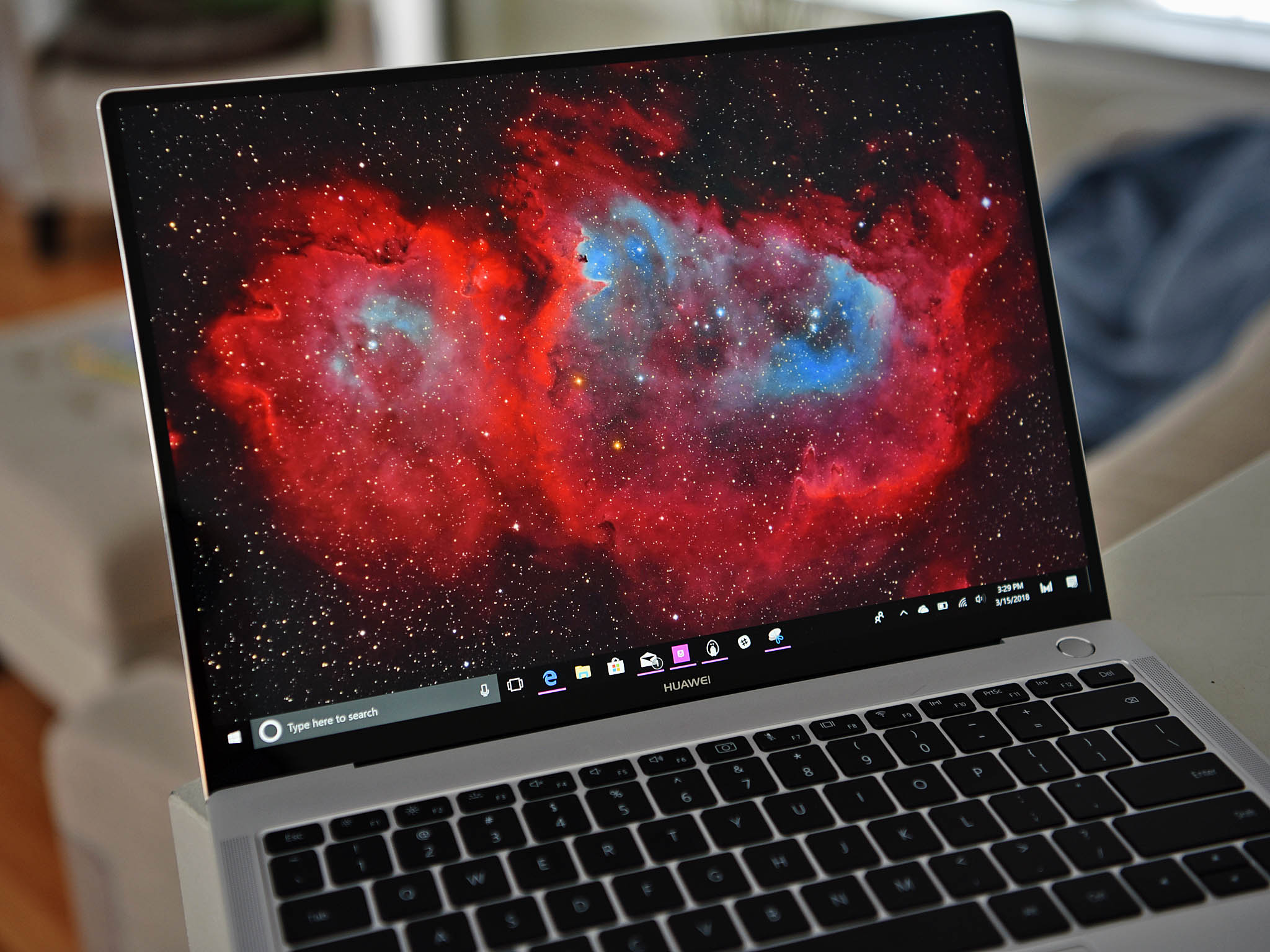
In 2018, I can think of only one brand besides Microsoft that is producing laptops with a 3:2 aspect, and it's Huawei. That's not too surprising as Huawei likes to borrow design inspirations from Microsoft and Apple.
The Huawei MateBook X and forthcoming MateBook X Pro both embrace the 3:2 display ratio, and those laptops are better for it. I've been using the MateBook X Pro, and that screen is outstanding. While I could argue that the HP Spectre 13t and Dell XPS 13 are better laptops (or at least, more original), that screen and ratio keep pulling me back. It's the same reason why I love the Surface Laptop and Surface Book 2.
I often let friends and family try out the laptops I'm reviewing, to hear their thoughts, complaints, and first-time experiences to improve my evaluation. Everyone prefers the Surface and MateBook screen design over the wide-angle laptops that are so common.
(To be fair, HP and Dell both make excellent Surface Pro-like devices like the Spectre x2 that use 3:2 aspect ratios, just not in clamshell laptops).
Hopping into Microsoft Edge, the comparison is obvious. You see much more content with the 3:2 aspect over the traditional 16:9.

Why PC manufacturers aren't on board (yet)
Most laptop manufacturers don't make their displays. Like every other tech company, they must source from Samsung, Sharp, LG, or some lower-cost company. Mass-producing a new display design, or custom aspect ratio, can be cost-prohibitive.
Even Lenovo did not splurge for its ThinkPad 25th Anniversary Edition laptop due to the expense. There is now a very modern 16:9 screen in a computer that was initially 16:10, resulting in a somewhat ungainly bottom bezel.
Additionally, many companies like Dell merely recycle the laptop chassis from year to year. Switching the display aspect can have enormous ramifications for the laptop's overall design since the top half needs to match the bottom. Redesigning your flagship product with such a radical shift is risky.
Alternatively, launching a whole new laptop line featuring a 3:2 aspect to see how it fares is also an expensive experiment.
It's time to switch
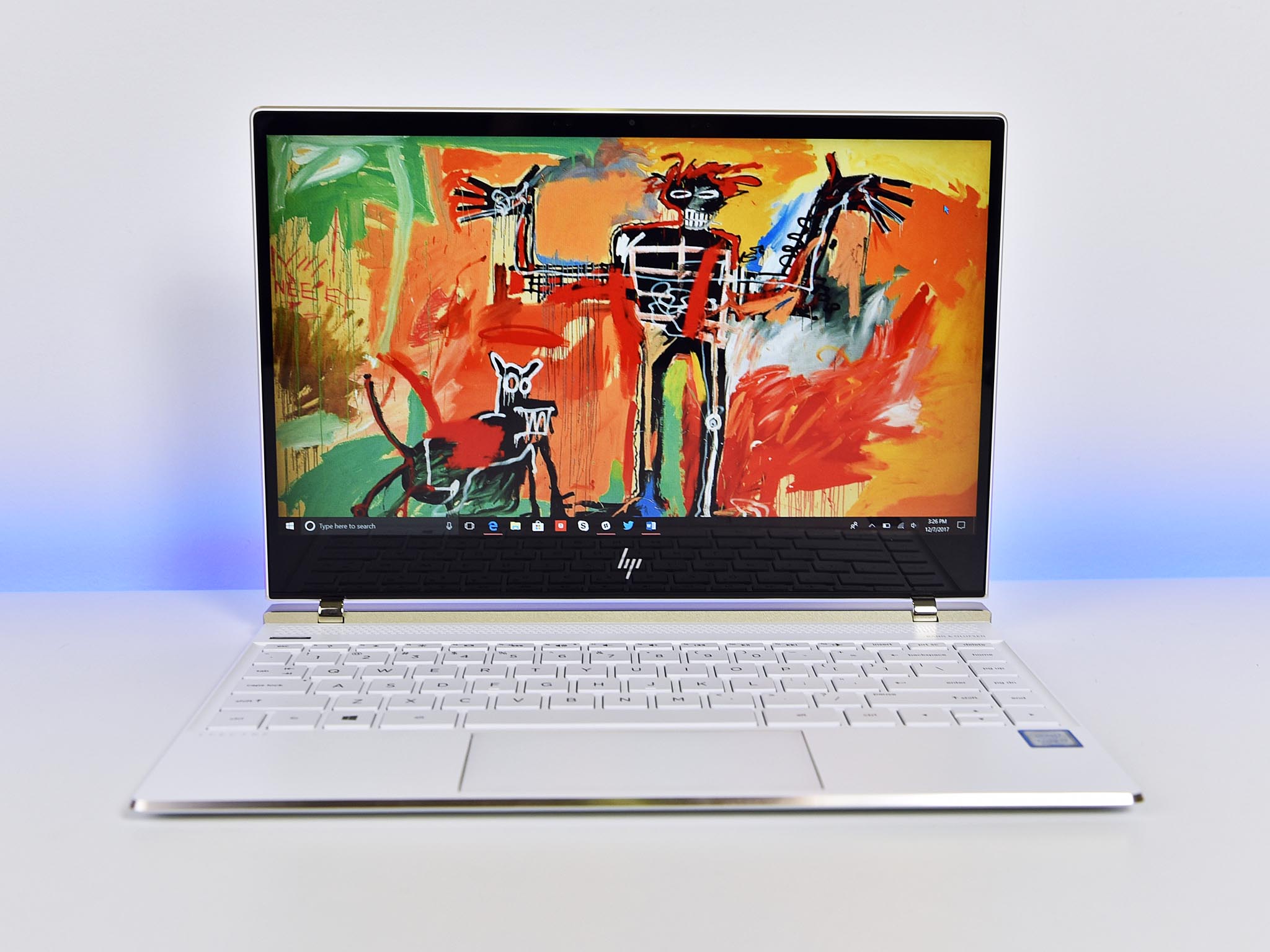
Will PC makers embrace 3:2 or will it be left to Microsoft's Surface line and Huawei to carry to the torch? Ultimately, it comes down to consumers voting with their wallets and giving companies feedback.
I think flagship laptops like Dell's XPS and HP's Spectre line would be even better with a more modern screen ratio that reflects our web-focused world.
Even Google gets it, as its 2017 Pixelbook sports 3:2. Indeed, many Chromebooks, like the Samsung Chromebook Plus, are 3:2 for an excellent reason – it's the modern trend.
None of this is to say that all 16:9 laptops need to go away. Far from it. Those in business and gamers may still want that ratio, so it makes sense to keep both on the market. But that competition starts by giving consumers a real choice. So far, we don't have that.

Daniel Rubino is the Editor-in-chief of Windows Central. He is also the head reviewer, podcast co-host, and analyst. He has been covering Microsoft since 2007 when this site was called WMExperts (and later Windows Phone Central). His interests include Windows, laptops, next-gen computing, and wearable tech. He has reviewed laptops for over 10 years and is particularly fond of 2-in-1 convertibles, Arm64 processors, new form factors, and thin-and-light PCs. Before all this tech stuff, he worked on a Ph.D. in linguistics, performed polysomnographs in NYC, and was a motion-picture operator for 17 years.
